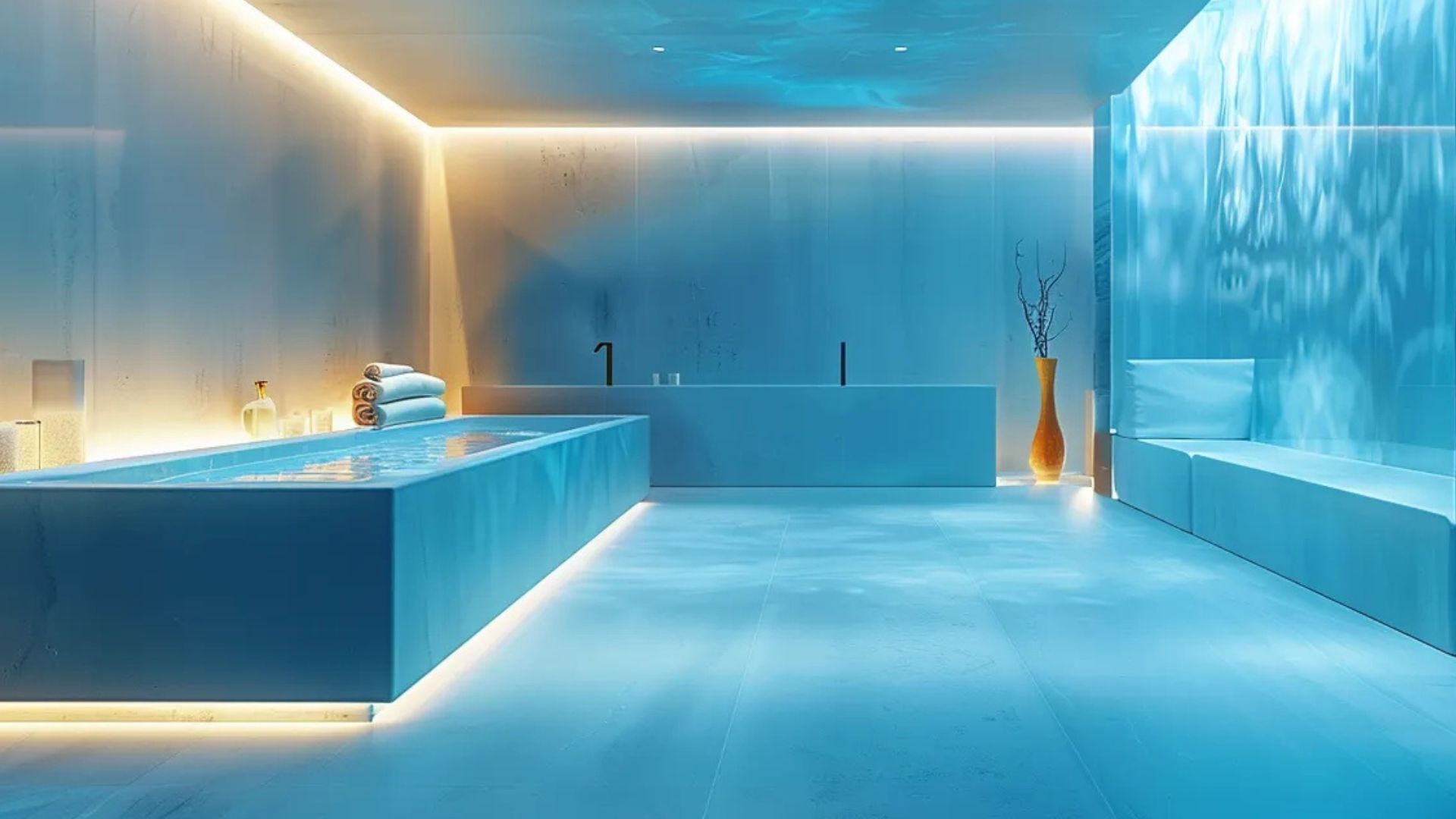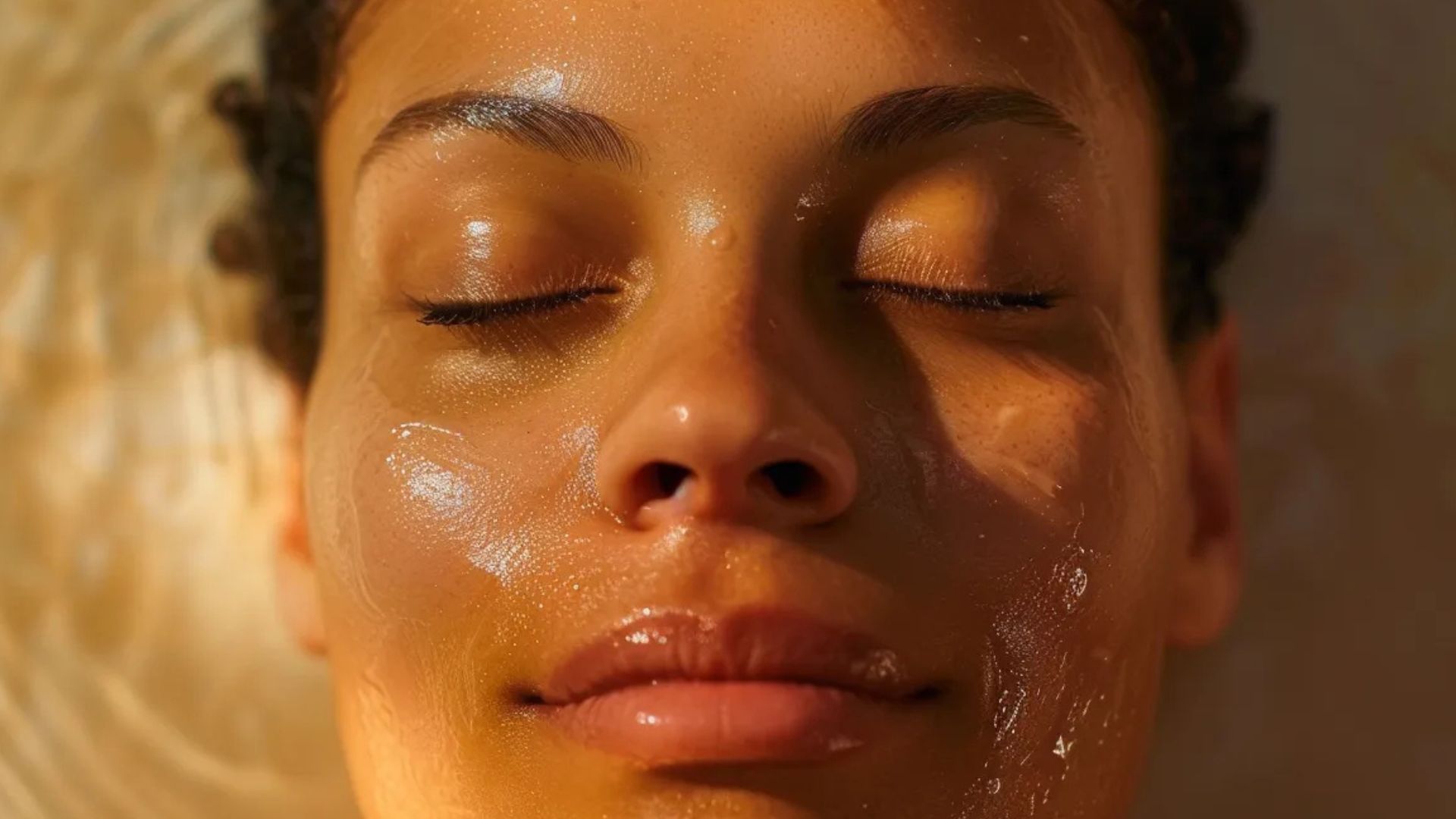Banish Dark Circles: How Under Eye Fillers Can Refresh Your Look
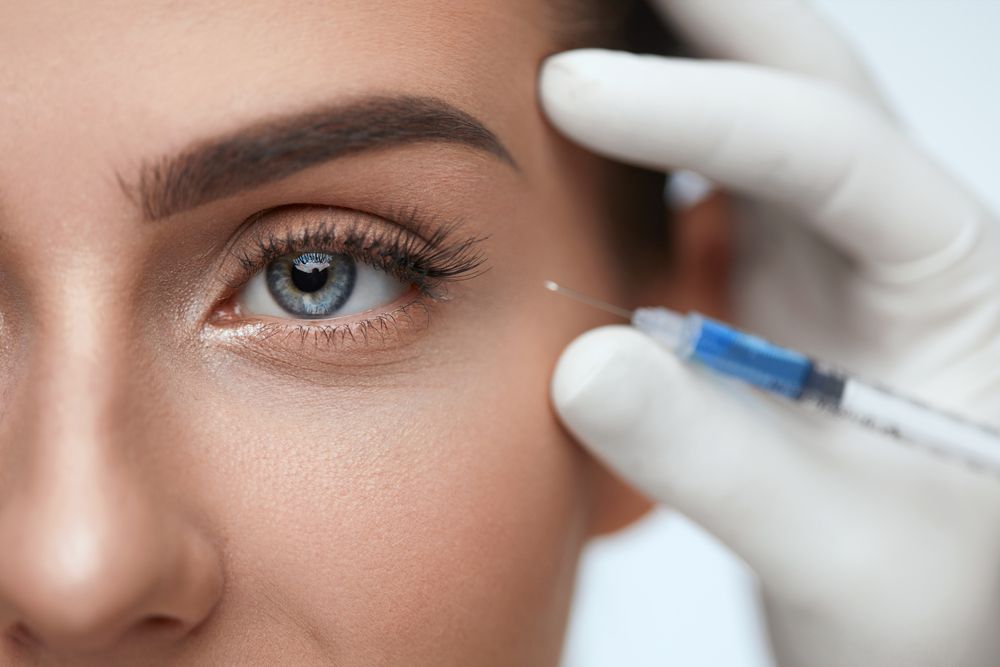
Under eye fillers have emerged as a revolutionary cosmetic procedure, offering a seamless solution to banish dark circles and rejuvenate one's appearance. This non-surgical treatment involves injecting hyaluronic acid, a naturally occurring substance in the body, into the delicate area under the eyes.
The procedure not only addresses the hollowness and shadows that contribute to a tired look but also promotes skin hydration and volume restoration. With minimal downtime and immediate results, under eye fillers present a quick, effective way to refresh and brighten the facial appearance, making it an increasingly popular choice among individuals seeking to combat signs of aging or fatigue.
Understanding Under Eye Fillers: What They Are and How They Work
The Composition of Under Eye Fillers
Under eye fillers are primarily composed of hyaluronic acid, which mimics the substance naturally produced in our bodies known for its capacity to retain water. This key component is instrumental in the procedure's ability to hydrate the skin and provide a plump, youthful appearance beneath the eyes. Its compatibility with the body's natural substances minimizes the risk of adverse reactions, making it a safe approach for enhancing facial aesthetics.
The Procedure Explained
The process of administering under eye fillers is relatively quick and straightforward, typically completed within 30 minutes to an hour. After a consultation to discuss the desired outcome and assess the suitability for the treatment, the practitioner applies a topical anesthetic to the target area to minimize discomfort. Using a fine needle, the filler is then carefully injected into the under-eye region, with the amount and injection sites tailored to the individual's facial structure and aesthetic goals.
Immediate and Long-term Effects
One of the striking benefits of under eye fillers is the immediacy of the results. Clients often notice an instant improvement in the appearance of dark circles and hollowness under the eyes. These effects can continue to improve over the following weeks as the hyaluronic acid integrates with the skin and attracts moisture, enhancing skin smoothness and volume. The results are temporary but can last anywhere from six months to a year, depending on factors such as the specific product used, the individual's skin type, and lifestyle.
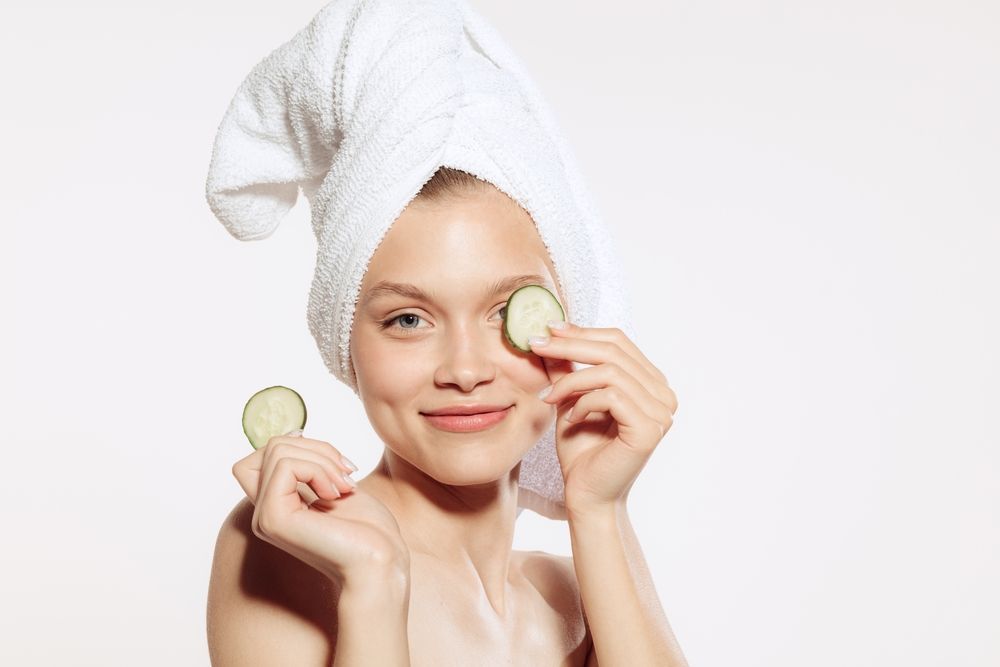
The Science of Hyaluronic Acid: How It Revitalizes Under Eye Skin
The Role of Hyaluronic Acid in Skin Health
Hyaluronic acid is a powerful moisture-binding ingredient that is crucial for maintaining skin hydration and elasticity. Found naturally in the skin, it has the remarkable ability to attract and retain more than 1,000 times its weight in water. This hydrating capacity is what makes hyaluronic acid vital for keeping the skin plump, smooth, and youthful. Its role extends beyond mere hydration; it also supports skin repair and regeneration, making it an essential player in maintaining the skin's overall health.
How Hyaluronic Acid Benefits the Under Eye Area
The under eye area is particularly susceptible to signs of aging and fatigue due to its delicate skin. Hyaluronic acid, when injected as a filler, directly addresses these concerns by replenishing the skin's natural hydration and volume. This not only reduces the appearance of dark circles and hollows but also helps smooth out fine lines and wrinkles. The added volume and moisture give the under-eye skin a firmer, brighter look, contributing to a more revitalized and youthful appearance.
Longevity and Safety of Hyaluronic Acid Fillers
Given hyaluronic acid's compatibility with the body, the use of this substance in under eye fillers is considered safe, with a low risk of allergic reactions or side effects. The effects of hyaluronic acid fillers are not permanent but are relatively long-lasting, offering improvements that can last from six months to over a year, as the body gradually and naturally absorbs the substance. The procedure's minimally invasive nature and the compound's biocompatibility make hyaluronic acid fillers a reliable choice for those looking to refresh their under-eye area without undergoing surgery.
Bid Farewell to Dark Circles: Addressing the Causes of Under Eye Shadows
Identifying Common Causes of Under Eye Shadows
Under eye shadows and dark circles can stem from various factors, each playing a significant role in the appearance of the under-eye area. Lack of adequate sleep, genetics, aging, and lifestyle choices are often to blame for these unsightly shadows. Dehydration and allergies can exacerbate the situation, making the under-eye skin appear darker and more hollowed out. Understanding these causes is the first step toward effectively addressing and mitigating their impact on one's appearance.
Lifestyle Adjustments for Reducing Dark Circles
Making specific lifestyle changes can significantly reduce the severity of under-eye shadows. Prioritizing sleep, ensuring proper hydration, and adopting a nutritious diet rich in vitamins can help. Furthermore, reducing alcohol consumption and quitting smoking are beneficial, as these habits contribute to dehydration and skin aging. Incorporating regular skincare routines, including the use of moisturizers and sun protection, can also improve the under-eye area's appearance over time.
Medical Treatments and Remedies
In addition to lifestyle adjustments, several medical treatments and home remedies can aid in diminishing dark circles. Topical creams containing vitamin C, retinol, and caffeine can improve blood circulation and thicken the under-eye skin, reducing the visibility of dark circles. For those seeking more immediate or pronounced results, treatments like laser therapy, chemical peels, and even microneedling can stimulate collagen production, lighten hyperpigmentation, and enhance skin texture and tone.
The Role of Under Eye Fillers in Combating Dark Circles
Under eye fillers, particularly those based on hyaluronic acid, directly tackle the hollowness and shadows by adding volume and hydration beneath the skin. This not only reduces the appearance of dark circles but also smooths out fine lines and wrinkles, offering a more youthful and refreshed look. Given their immediate results and safety profile, under eye fillers are an excellent option for those looking to address the aesthetic concerns of under-eye shadows effectively.
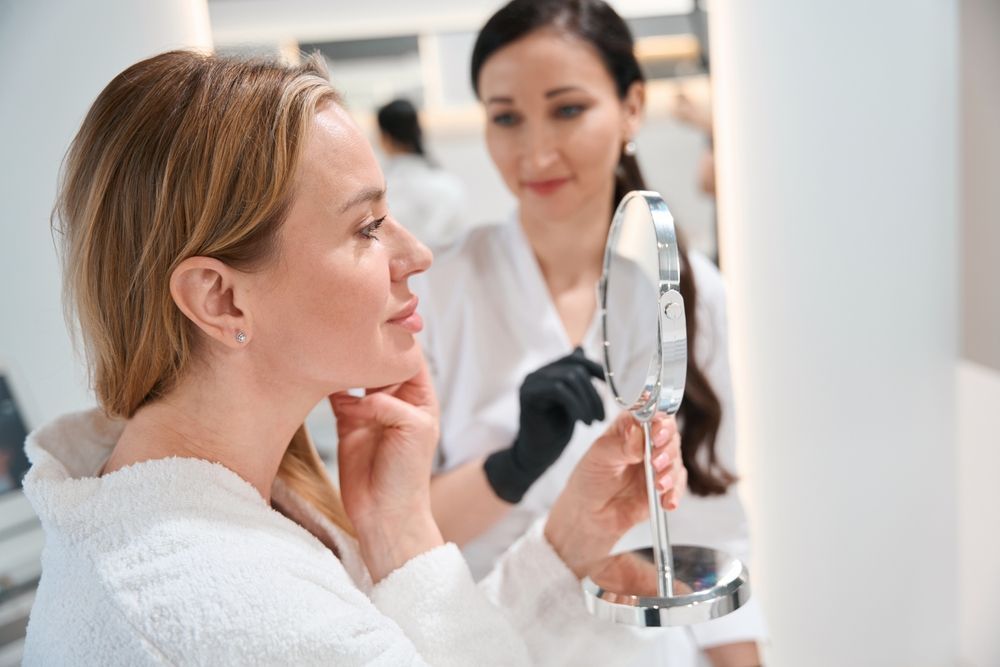
The Aging Process: How It Affects the Appearance of Under Eye Area
Understanding the Impact of Aging on Under Eye Skin
The aging process has a profound effect on the appearance of the under-eye area, primarily due to changes in skin structure, volume, and hydration over time. As we age, the skin loses collagen and elastin, two vital proteins responsible for maintaining skin firmness and elasticity.
This reduction leads to thinner, more delicate skin, particularly around the eyes where it is already the thinnest on the body. The fat pads located beneath the skin, which help to support a youthful, plump appearance, begin to diminish and shift. This loss of volume can exacerbate the appearance of hollows and dark circles under the eyes, making an individual appear more tired or older than they are.
Role of Genetics and Environmental Factors
Genetics also play a crucial role in how the under-eye area ages. Some individuals may be predisposed to thinner skin or a lack of adequate fat padding in the periorbital region, making signs of aging more pronounced at an earlier stage.
Environmental factors, such as sun exposure, smoking, and poor nutrition, can accelerate the aging process by breaking down collagen and elastin more rapidly and causing damage to the skin. Prolonged exposure to UV rays without adequate protection can lead to hyperpigmentation and further thinning of the skin, contributing to the visibility of dark veins and capillaries beneath the surface, which can give the under-eye area a darker appearance.
Preventative Measures and Treatments
While the aging process cannot be stopped, its visible effects on the under-eye area can be mitigated through preventative measures and targeted treatments. Regular use of sunscreen, especially products formulated for the delicate eye area, can protect the skin from UV damage and prevent premature aging.
Skincare routines incorporating products with retinoids, peptides, and antioxidants can support collagen production and strengthen the skin. For those already experiencing signs of aging, options such as dermal fillers, specifically designed for the under-eye area, can restore lost volume and reduce the appearance of hollows and dark shadows.
Advanced cosmetic procedures, such as laser resurfacing and microneedling, can also rejuvenate the skin by stimulating collagen production, improving texture, and diminishing the appearance of fine lines and wrinkles.
The Holistic Approach to Eye Care
Adopting a holistic approach to eye care by combining lifestyle, skincare, and, when necessary, professional treatments can significantly affect the health and appearance of the under-eye area. Staying hydrated, eating a balanced diet rich in vitamins and minerals, and ensuring adequate sleep are foundational steps to maintaining youthful skin around the eyes.
Addressing any underlying health issues, such as allergies that can contribute to puffiness and dark circles, is essential. By understanding the aging process and its impact on the under-eye area, individuals can take informed steps to protect and rejuvenate their skin, preserving a youthful and vibrant appearance for years to come.
The Consultation Process: What to Expect When Considering Under Eye Fillers
Initial Consultation
The first step in considering under-eye fillers is the initial consultation. Here, you'll meet with a dermatologist or cosmetic surgeon to discuss your concerns and desired outcomes. It's a time for the expert to analyze your under-eye area and overall facial structure to determine the best approach for your specific needs.
This appointment is crucial for setting realistic expectations and understanding the potential results of under-eye fillers. Patients are encouraged to ask questions and express any concerns they might have about the procedure.
Evaluation of Medical History
During the consultation, your doctor will review your medical history to ensure you're a suitable candidate for under-eye fillers. This includes discussing any previous cosmetic procedures, allergies, medical conditions, and medications you're currently taking. The goal is to identify any factors that might increase the risk of complications or affect the outcome of the treatment.
Discussing Options and Recommendations
Based on your aesthetic goals and the initial examination, your doctor will discuss the different types of fillers available and their recommendations for your particular case. They will explain the differences between hyaluronic acid fillers and other materials, like calcium hydroxyapatite, and their respective advantages and longevity. This discussion will also cover the expected duration of the results, possible side effects, and the maintenance required to sustain the effects of the fillers.
Tailored Treatment Plan
The final part of the consultation process involves creating a tailored treatment plan that outlines the specific details of your procedure, including the type and amount of filler to be used, the estimated cost, and the preparation and recovery process. Your doctor will provide you with all the information you need to prepare for the procedure, including any precautions to take or activities to avoid before and after treatment.
Scheduling the Procedure
If you decide to proceed with the under-eye fillers, the next step will be to schedule the procedure. Depending on the availability of both the patient and the practitioner, this could be on the same day as the consultation or at a later date. The scheduling process will also involve discussing any follow-up appointments needed to monitor the recovery and results of the treatment.
By understanding what to expect during the consultation process for under-eye fillers, patients can feel more prepared and confident in their decision to pursue this cosmetic treatment.
Customizing Your Treatment: Tailoring Under Eye Fillers to Your Needs
Understanding Individual Needs
Each patient has unique facial features and skin conditions, which means a one-size-fits-all approach does not apply when it comes to under-eye fillers. A thorough assessment of the individual's facial structure, skin quality, and specific concerns is the first step in customizing treatment. Factors such as age, genetics, lifestyle, and overall health play a significant role in determining the most effective treatment plan.
Choosing the Right Type of Filler
The choice of filler material is crucial in tailoring the treatment to meet a patient's needs. Hyaluronic acid fillers are commonly used due to their safety profile and reversibility with hyaluronidase in case of undesired results. For some individuals, longer-lasting fillers like poly-L-lactic acid or calcium hydroxyapatite might be more suitable, depending on their skin's condition and the volume loss in the under-eye area.
Volumization vs. Hydration
Customizing under-eye filler treatment also involves deciding between volumization and hydration. Some patients may require a more volumizing filler to compensate for significant hollows under the eyes, while others might benefit from a lighter, hydrating filler that addresses fine lines and improves skin texture without adding much volume.
Personalized Treatment Technique
The injection technique and placement are tailored to each patient's anatomy and desired outcomes. Some treatments might focus on the deep injection of fillers into the tear troughs for volume restoration, while others might involve superficial placement to improve skin quality and diminish fine lines. A skilled practitioner will decide on the best technique to use, ensuring natural and symmetrical results.
Follow-Up and Adjustment
A customized approach to under-eye fillers should include a follow-up plan to assess the results and make any necessary adjustments. Healing and settling of fillers can vary between individuals, and sometimes a touch-up is required to achieve the optimal outcome. Ensuring patient satisfaction involves a commitment to post-treatment care and the flexibility to refine the results as needed.
By considering these factors, under-eye filler treatments can be highly customized to address each patient's specific needs, ensuring satisfactory and natural-looking results that enhance the overall facial aesthetic.
Revitalize Your Look with Bel Viso Medical Spa
Ready to rejuvenate your appearance and restore the youthful glow around your eyes?
Contact Bel Viso Medical Spa today to schedule your personalized consultation. Our team of experienced professionals is dedicated to creating a customized treatment plan that aligns with your aesthetic goals. Take the first step towards a refreshed and revitalized look. Call us or visit our website to book your appointment now.
Our Recent News & Articles
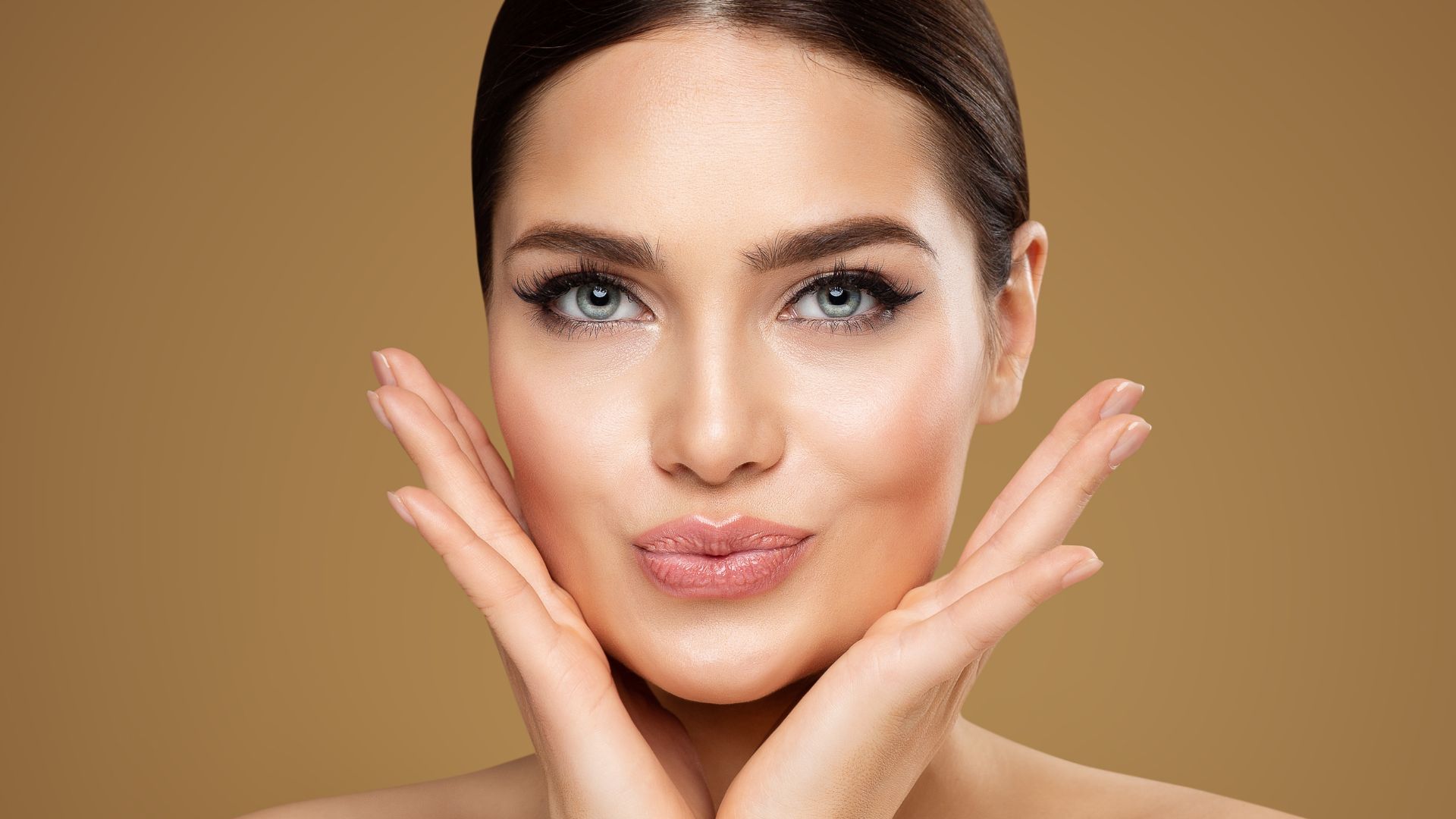

We are here to enhance your natural beauty. When you walk into our medical spa, the focus is on you. We promote a collaborative treatment plan between the provider and client to achieve a realistic aesthetic outcome.
All Rights Reserved | Bel Viso Medical Spa
WEB SERVICES BY: LEVELUP DIGITAL SOLUTIONS


